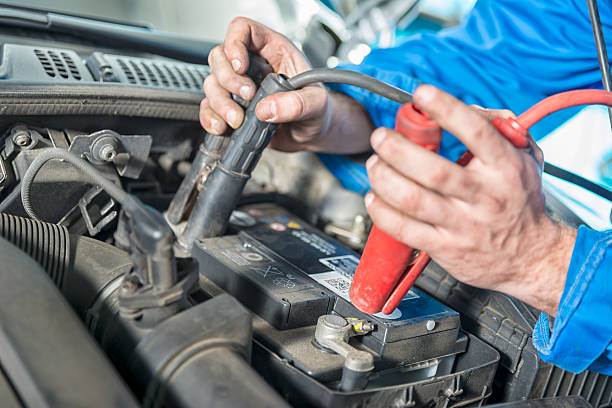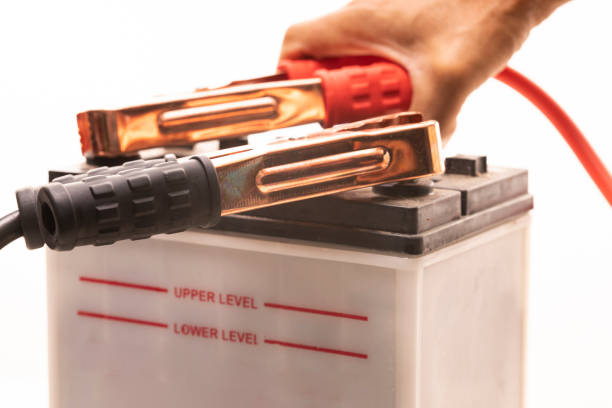An article on Dead Car battery

As a car owner, one of the most frustrating experiences is finding your car’s battery dead. Not only does it leave you stranded, but it also means you’re likely going to be late for wherever you were headed. In this article, we’ll discuss the symptoms of a dead battery, how to jump-start it, and when it’s time to replace it.
Symptoms of a Dead Car Battery

The first sign that your car’s battery is dead is usually when you try to start your car and nothing happens. Your dashboard lights may turn on, but the engine won’t turn over. Other symptoms of a dead battery include:
- Dimming headlights: If you notice that your headlights are dimmer than usual, it may be a sign that your battery is about to die. This is because the battery is no longer able to supply enough power to your car’s electrical system.
- Clicking sounds: When you turn the key in the ignition, you may hear a clicking sound instead of the engine turning over. This means that the battery is too weak to start the engine.
- Electrical issues: A weak battery can cause electrical issues in your car, such as your power windows moving slower than usual or your radio not working properly.
If you notice any of these symptoms, it’s best to take your car to a mechanic or try to jump-start the battery yourself.
Also read: 5 Steps to Diagnose and Fix Car’s Low AC Cooling: Expert Tips and Advice
Jump-Starting a Dead Battery

Jump-starting a dead car battery is a simple process that requires a set of jumper cables and a second car with a working battery. Here’s how to do it:
- Position the cars: Park the two cars next to each other, but not touching. Make sure both cars are turned off.
- Connect the cables: Attach one end of the red jumper cable to the positive terminal on the dead battery and the other end to the positive terminal on the working battery. Next, attach one end of the black jumper cable to the negative terminal on the working battery. Finally, attach the other end of the black cable to an unpainted metal surface on the dead car’s engine block.
- Start the working car: Start the working car and let it run for a few minutes.
- Start the dead car: Try to start the dead car. If it starts, let it run for a few minutes to recharge the battery.
- Disconnect the cables: Disconnect the cables in the reverse order that you connected them. Start with the black cable on the dead car, then the black cable on the working car, followed by the red cable on the working car, and finally the red cable on the dead car.
If your car still doesn’t start after attempting to jump-start it, it may be time to replace the battery.
Also read: impact-of-spark-plug-gap-on-engine-performance
Battery Replacement
Most car batteries last between 3-5 years, depending on the brand and usage. If your battery is beyond this lifespan or has been drained repeatedly, it’s likely time for a replacement. Here’s how to replace your car’s battery:

- Purchase a new battery: Make sure to purchase the correct battery for your car’s make and model.
- Locate the battery: The battery is usually located under the hood but may be located in the trunk or under the back seat in some vehicles.
- Remove the old battery: Disconnect the negative cable first, then the positive cable. Remove any screws or brackets holding the battery in place. Lift the battery out of the car.
- Install the new battery: Place the new battery in the same position as the old one. Connect the positive cable first, then the negative cable. Tighten any screws or brackets to hold the battery in place.
- Test the new battery: Start the car and make sure everything is working properly.
| Reference |
|---|
| AAA: Tips for Jump-Starting Your Car’s Battery |
| Website: www.aaa.com/battery-service/articles/tips-for-jump-starting-your-car-battery |
